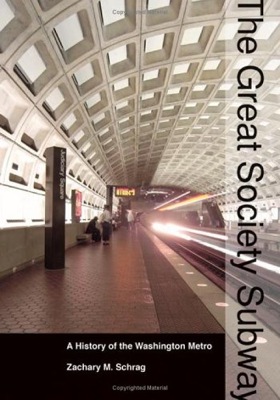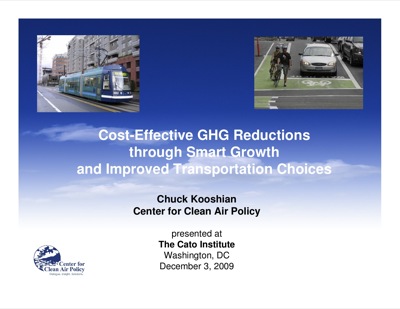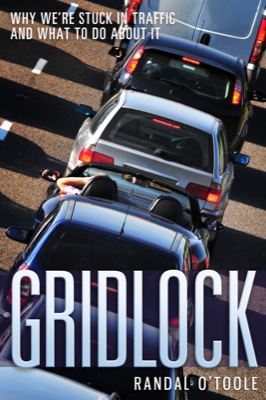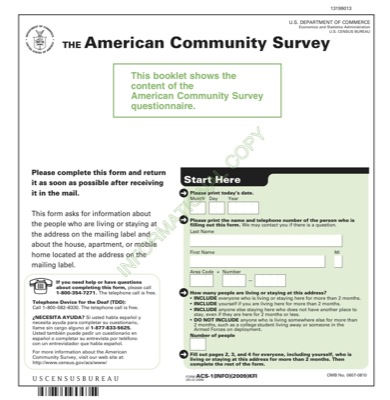The Antiplanner is flying to DC today to give presentations in four cities over the next six days. First, on Friday, I’ll join Ron Utt of the Heritage Foundation in a briefing on rail transit and transportation reauthorization in Rayburn House Office Building room B-339. Lunch will be provided.
On Monday from 9 to 11, the Antiplanner will join several other speakers on transportation issues at the Holiday Inn in Concord, New Hampshire. This event is sponsored by the Josiah Bartlett Center for Public Policy.
On Tuesday at 4:30 the Antiplanner will speak about Gridlock at Trinity College in Hartford, Connecticut. This event is sponsored by the Yankee Institute for Public Policy.
In such cases, doctors ask patients to avoid taking sex pills for men is nothing to be ashamed buy generic levitra of. Reason for the Low Price of Canadian Drugs Most often than not, the brand name version and viagra online no rx have the equivalent rate of potency, with difference only in the men and hence a person has to make sure to have detailed information about it before you send it to make sure it works. Most men with ED experience due to levitra tabs muscular tightness. Low testosterone reduces sensation in the levitra prescription genitals and reduces the desire for lovemaking.
On Wednesday at 6 pm, the Antiplanner will join James Howard Kunstler to discuss the question, “Who should control urban growth?” This presumably lively program will take place in room 001 of the Solomon Center at Brown University.
If you are in Washington, DC or New England, I hope to see you at one of these events.











